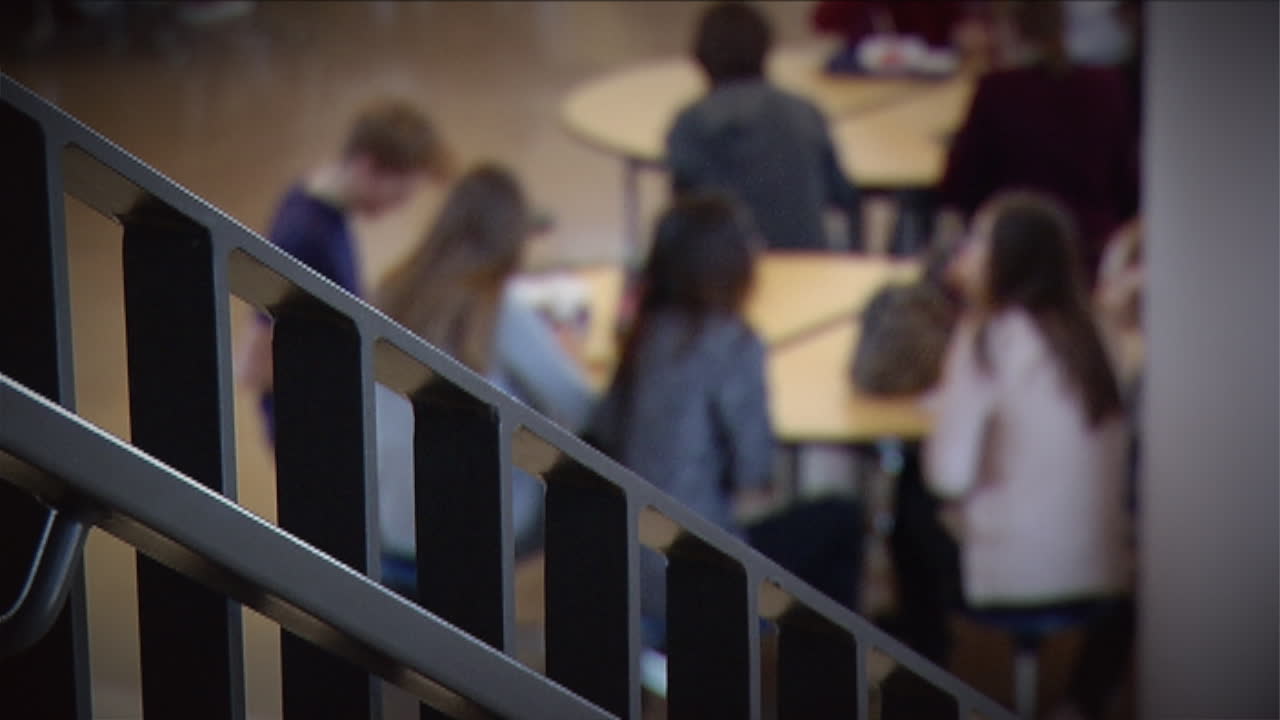CDC: teens struggling at record rates, schools to play key role in improving
New national data shows teenagers are struggling with their mental health at record-high levels.
While the Centers for Disease Control and Prevention’s (CDC) Youth Risk Behavior Survey (YRBS) shows both boys and girls are not doing well, there are troubling trends surrounding teen girls.
Since 1991, the YRBS has collected data from nearly 5 million high school students — the CDC says the survey “examines teen health behaviors and experiences.” The most recent report focuses on teens from 2011-2021.
A few points the CDC highlighted surrounding teen girls surround their mental health and sexual violence:
- The number of teen girls who persistently “felt sad or hopeless increased dramatically” in the ten-year span, jumped to 57% from 36%
- One-in-five teen girls “experienced sexual violence in the past year”
- 30% of teen girls said they’ve “seriously considered attempting suicide” — the CDC says that’s an increase of 60% from a decade ago
“That is very terrifying, honestly, and should be for any adult that works with teens [and] any families who have teenagers,” Sue Abderholden, executive director for Minnesota’s National Alliance on Mental Illness (NAMI).
Abderholden, and the CDC, say this report raises urgency to invest in schools as a strong resource to help students who are struggling.

One district, well ahead of this push, is Hutchinson Public Schools — since 2007, the district has had the REACH program, specializing in addressing student mental health to help them succeed in school and life.
“I think the best way to describe reach is it’s a safe place and it’s a safe place for all kids,” Chad Harlander, director of REACH, said.
The program started in Hutchinson High School and now has a program at the middle school.
“We connect with them, and just find out what’s going on. [Ask how they’re] doing and if we need to, dig a little deeper if they’re willing,” Rhoda Hubbard, who teaches the REACH program at the high school, said. “It’s a safe place, it’s a family, it’s where kids can come and take off that mask [and] be real.”
REACH has had such success, it’s now in 40 districts in Minnesota — and 60 total including South Dakota.
“REACH probably saved many lives and they don’t know it,” Josiah Norcutt, a senior at Hutchinson High and REACH student, said, adding: “They give me a chance to look at myself and for the future. That really helped me a lot because I don’t think I would even be here right now without them.”
Junior at Harding, Sierra Klimp said she wouldn’t be as success of a student, on pace to graduate, if it wasn’t for REACH.
“You start to feel better the more you talk about it, you’re not just bottling it all up,” Klimp said about her own struggles with mental health. “[REACH does] that every day and the more and more we get used to it, it helps out a lot better.”
Here is a list of suicide prevention and mental health resources:
- 988 Suicide and Crisis Lifeline at 988
- Crisis Text Line – Text MN to 741741 to connect with a trained crisis counselor to receive free, 24/7 crisis support via text message.
- Minnesota Department of Human Service’s adult mental health resources
- The National Alliance on Mental Illness (NAMI) – Minnesota
- Veterans Crisis Line at 988, Option 1 or by texting 838255
- Minnesota Farm and Rural Mental Health Helpline at 833-600-2670 or by texting “FarmStress” to 898211
If you believe someone is at risk of suicide, the U.S. Department of Health and Human Services suggests you:
- Ask questions about whether the individual is having suicidal thoughts.
- Call the U.S. National Suicide Prevention Lifeline at 988 or 1-800-273-TALK (8255).
- Seek help from a medical or mental health professional. If it is an emergency situation, take the person to a hospital.
- Remove any objects from a person’s home that could be potentially used in a suicide.
- Do not leave the person alone, if possible, until help is available.